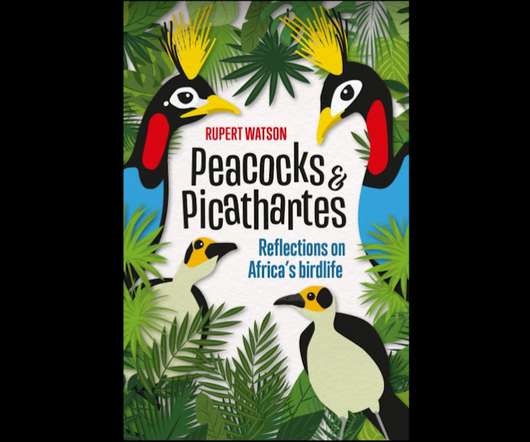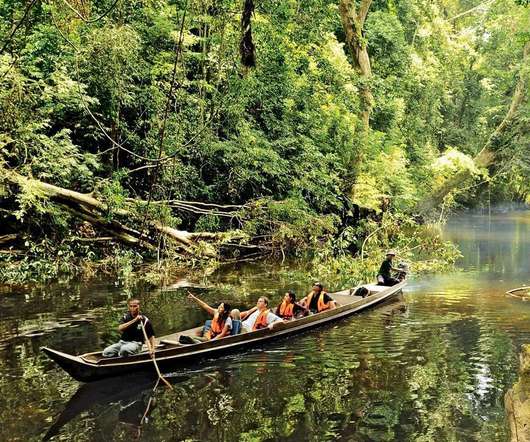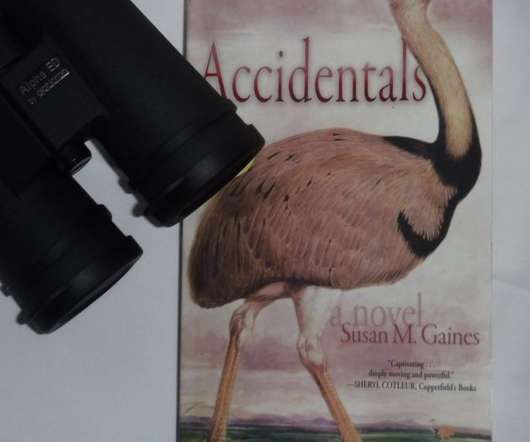“Peacocks and Picathartes: Reflections on Africa’s Birdlife”
10,000 Birds
AUGUST 26, 2021
And apart from local people, primate researchers sometimes spot it, but it is a species seen by fewer than ten living birders. This book is essentially about those birds that breed on the continent south of the Sahara, a topic few birders are familiar with. Some are incredibly rare and hard to find.













Let's personalize your content